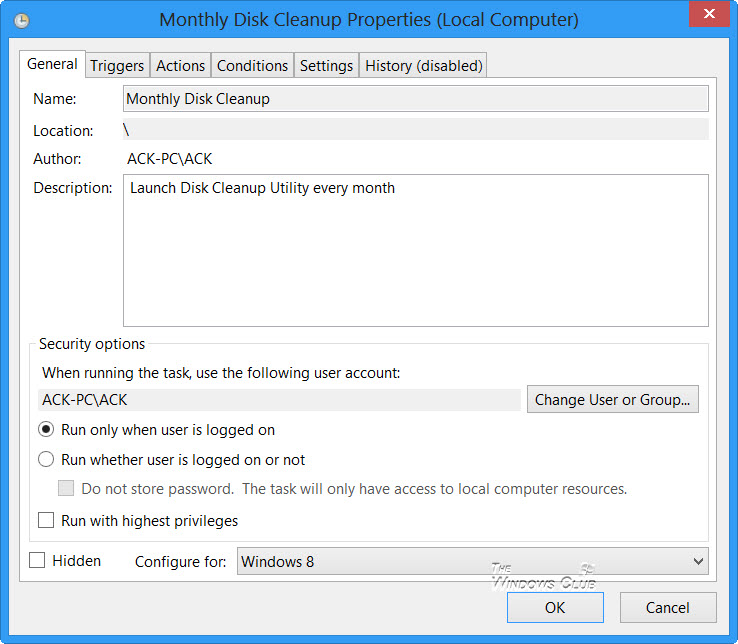
I expect the UI tools will get easier to use when all of the kinks are worked out. On macOS Sierra 10.12.4, APFS is still rather in a beta stage. Remember, It’s Pretty Much Still Betaīear in mind that the current tools we have for working with APFS are intended to keep casual users from messing up their Macs. For an internal drive, you’ll unfortunately need to reboot. However, if the operation fails and you’re working with an external USB drive, try disconnecting the drive and then plugging it back in.

If so, you can safely ignore that message.

You may get a message that the APFS container was damaged. diskutil apfs deleteContainer disk2s3 Deleting the APFS partition To do this, type cmd.exe in the Start menu > right-click Command Prompt > Run as administrator. Running diskutil list gives us our APFS device identifierįinally, issue this command in Terminal to delete the APFS container and its volume, replacing disk2s3 with your actual device identifier. Make note of the device on your external drive (in my case, disk2). Now, launch Terminal and issue this command: diskutil list Use Disk Utility to eject your APFS container First, use Disk Utility to eject your APFS container. In Recovery Mode select the Macintosh HD - Data volume at the left of Disk Utility’s window then. Here’s what you need to do in order to go about deleting your APFS partition correctly. To perform a clean re-install in Catalina, once in Recovery Mode, you need to delete your Data volume, that’s the one named Macintosh HD - Data, or something similar if you’re using a custom name, and to erase your System volume. Step 1: Get your disk/usb flash connected to MAC. This means you can’t merge the partition back into the other partitions on your external hard drive. Step 5: Type diskutil verifyDisk /dev/disk2 when disk2 is the one that you need to repair. The same thing happens if you use diskutil the wrong way. If you use Disk Utility to erase an APFS volume and format it HFS+, you’ll find that the old APFS container sticks around. A diskutil list, showing the APFS Container scheme. Below that, /dev/disk3 is the APFS container, and /dev/disk3s1 is the APFS volume. You can see disk2s2 in the screenshot below, the partition on my external hard drive hosting the APFS Container. In the Terminal, running diskutil list will reveal this in even starker contrast.


 0 kommentar(er)
0 kommentar(er)
